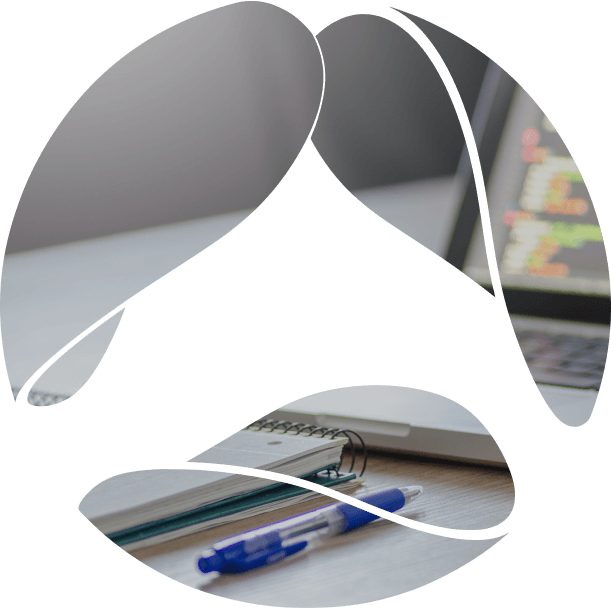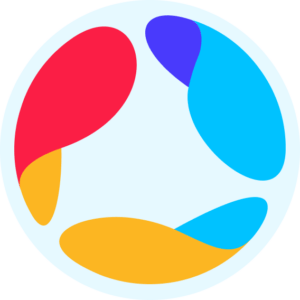Determining the desired outcome, understanding the requirements and the scope should ideally be further transformed into Minimum Viable Product (MVP). Under such a scenario, discovering the project’s needs is an excellent remedy for unrealistic expectations.
Choose fixed price customer engagement model when:
The Fixed Price customer success manager engagement model is a great choice when your project requirements are well-defined and unlikely to change. This model gives customer success managers a clear budget and timeline.
- Requirements are clear, well-defined, and unlikely to change
- You deal with small or medium projects which won’t last for more than a few months
- You used to outsource similar projects before
Whatever customer engagement process and model you are considering, look at the development project from a long perspective. The possible outcome might bring new opportunities even if you are sure it will take up to two weeks. The reputable vendor and win-win attitude of customers and engaged customers, by both parties are the most significant success factors under all the customer engagement models and conditions.
A guide to choosing the right engagement model
Navigating the world of customer engagement models can be complex, but with the right approach, you can find the perfect fit right customer engagement model for your project.
- Identify Your Requirements. Start by clearly defining your project requirements. Understand the scope of your project, the expected deliverables, and the timeline.
- Evaluate Your Flexibility. Consider how likely you require to change over the course of the project. If your project is large and likely to evolve, a Time & Material model may be best. If your requirements are precise and unlikely to change, a Fixed Price model could be more suitable.
- Assess Your Resources. Look at your in-house team and evaluate whether you need an additional workforce. A Dedicated Team model might be the best fit if you need more hands on deck.
- Consider Your Experience. If you’ve outsourced similar projects before, you might be more comfortable with a Fixed Price model. A Time & Material or Dedicated Team model might offer more flexibility and support if this is your first time outsourcing.
- Long-Term Perspective. Always look at the development project from a long-term perspective. Even if the task seems short, the outcome might bring new opportunities.
- Choose a Reputable Vendor. Finally, ensure you choose a reputable vendor who understands your needs and can contribute effectively to problem-solving.
The suitable customer engagement model is the one that aligns with your project’s needs, your team’s capabilities, customer feedback, and your long-term goals drive customer success. Clear communication, flexibility, and mutual understanding are critical to a successful partnership.
Final remarks
Choosing the suitable customer engagement model is a crucial step in ensuring the success of your software development project. It’s about balancing cost, quality, and flexibility that suit your needs and circumstances. Remember, there’s no one-size-fits-all solution – the best customer relationship model for you depends on your project’s requirements, resources, and long-term goals.
We understand that every project is unique and are committed to providing personalized solutions that drive success and retain customers. Contact us today to start your journey toward a successful software development project with the proper customer engagement model.









